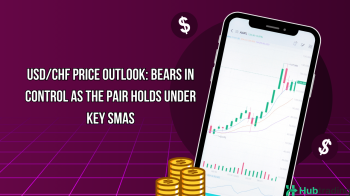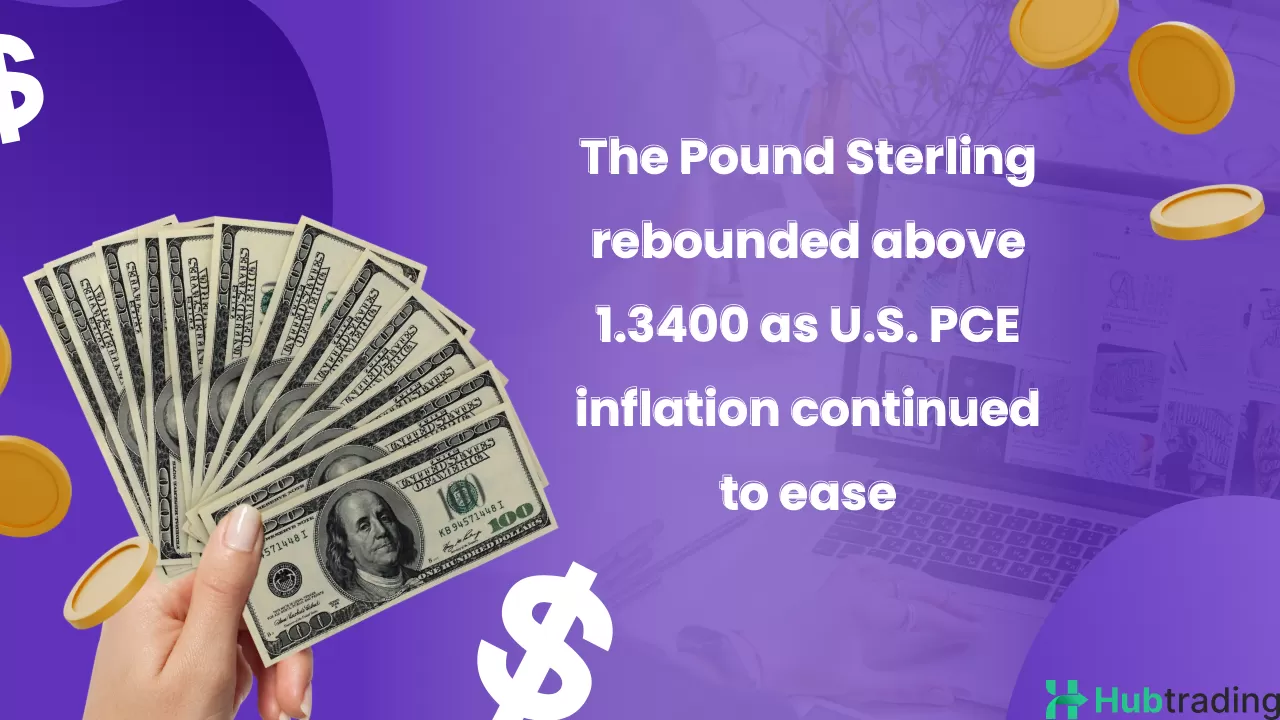The Pound Sterling (GBP) weakened against its major counterparts on Thursday after the release of preliminary UK S&P Global Purchasing Managers’ Index (PMI) data for July, which revealed slower-than-expected growth in overall business activity. The UK Composite PMI dropped to 51.0, falling short of expectations at 51.9 and down from June’s 52.0, indicating continued expansion but at a more subdued pace.
The deceleration was primarily driven by weaker-than-anticipated services sector performance. The Services PMI fell to 51.2, missing forecasts of 53.0 and declining from 52.8 in the previous month. Manufacturing activity also remained under pressure, contracting to 48.2—slightly better than the expected 48.0 but still below the prior 47.7—amid ongoing global trade uncertainty and recent policy changes introduced in the Autumn Budget by Chancellor of the Exchequer Rachel Reeves.
Chancellor Reeves’ announcement of increased employer contributions to social security in the Autumn Budget has weighed on private sector hiring, leading to a marked slowdown in employment. According to the PMI data, staffing levels declined at the fastest rate since February, highlighting growing concerns about the UK’s labor market.
Later in the North American session, attention shifts to the release of the flash US S&P Global PMI figures for July, which are expected to show a stronger pace of growth in overall business activity, potentially influencing broader market sentiment.
Daily Digest Market Movers: Pound Sterling Retreats Amid Weak UK Data and Dollar Rebound
- The Pound Sterling (GBP) edges lower to 1.3540 against the US Dollar (USD) during the European session, pulling back from a two-week high near 1.3580 earlier in the day. The decline follows the release of weaker-than-expected UK preliminary PMI data for July, which revealed slowing business activity and renewed selling pressure on the GBP/USD pair.
- Contributing to the downward pressure is a modest recovery in the US Dollar. After four consecutive days of losses, the Greenback finds renewed support, with the US Dollar Index (DXY) rebounding from near a three-week low around 97.00 to trade near 97.40.
- The US Dollar had underperformed in recent sessions due to improving risk sentiment, fueled by optimism that the United States and the European Union are close to finalizing a trade deal ahead of the August 1 tariff deadline. Hopes of an agreement diminished the appeal of safe-haven assets, but recent reports suggest renewed investor confidence.
- According to the Financial Times, both sides could soon reach a pact similar to the recently announced US-Japan tariff agreement, which included a baseline tariff cut and a 15% levy on automobiles. EU officials are reportedly eager to secure a deal to avoid a trade war, particularly given the importance of the automobile industry in both Japan and Europe. A deal favoring Japanese car exports could hurt European competitiveness in the US market if no agreement is reached.
- Looking ahead, the next major catalyst for the US Dollar will be the Federal Reserve’s policy announcement on Wednesday. The Fed is widely expected to hold interest rates steady within the current range of 4.25%–4.50%, according to the CME FedWatch Tool. Market participants will closely monitor Chair Jerome Powell’s guidance, especially amid concerns that trade tensions could stoke inflationary pressures.
Technical Analysis: GBP/USD Struggles Near 20-Day EMA Resistance
The Pound Sterling failed to sustain its early advance, retreating toward the 1.3540 area against the US Dollar. The near-term outlook remains uncertain as the pair struggles to break above the 20-day Exponential Moving Average (EMA), currently located around 1.3526.
The 14-day Relative Strength Index (RSI) has recovered above the 50.00 mark, signaling renewed buying interest at lower levels. On the downside, key support is seen at the May 12 low of 1.3140. To the upside, the July 1 high near 1.3790 stands as a significant resistance level for bulls to overcome.





